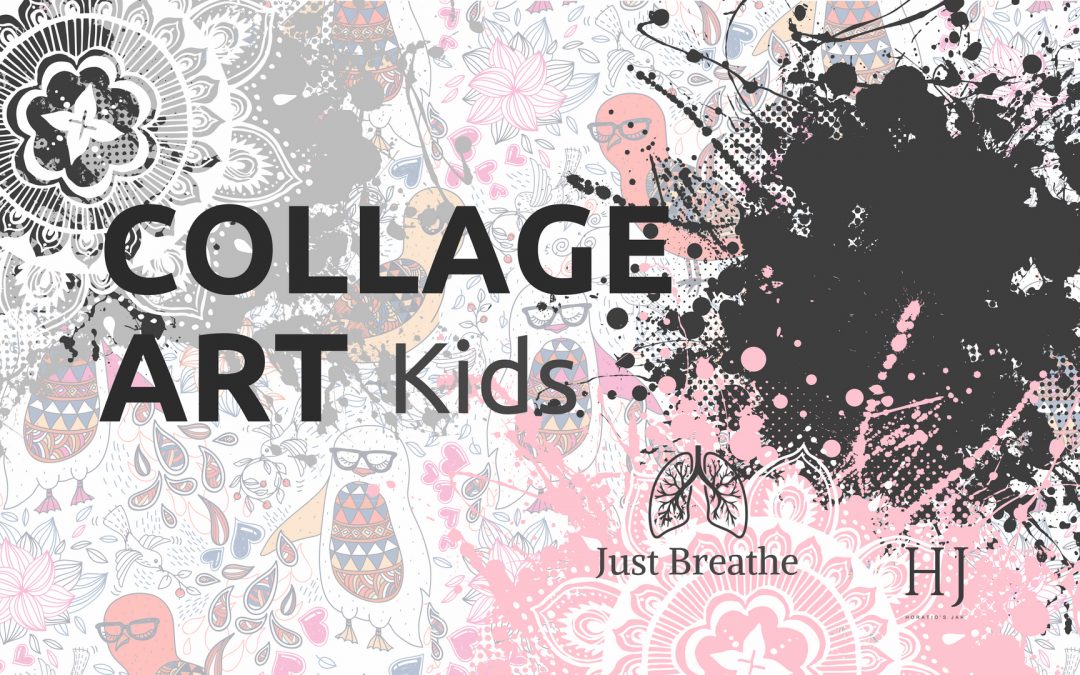Colour Me A Collage
Making a collage is so much fun to do, and it is good for the mind, art stimulates your senses, emotions and your brain.
Collage
The art of collage began as early as 200 BC around the time paper was invented in China. Collage means to glue, and most Collage involves a range of textiles, paper, and textures cut and stuck together to make a picture.
In the early 20th century two very famous artists Pablo Picasso and George Braque began the practice of making a collage as a way to explore abstract ideas on relative time and space. It was part of their very own art movement called Cubism. Cubism looked at how and why reality is the way it is and challenged how we perceive it.
Collage is the hallmark of the abstract and modern art movement and was a feature of Picasso and Braques’ cubist works. Collage from the early 20th century explores symbolism, colour, ideas on how the universe works and human perceptions.
By Emily Rack
 ]
]
Make My Collage
Enjoy making your very own Just Breathe Kids Creative Collage! You can try the designs below or come up with your own creative and fun ideas. Try adding in some paint strokes or using textas to make your design unique to you. Attached are the examples of collage you can create. In your kit, you have everything you need to create your very own collage. Just cut out the pictures and use the backgrounds and textures to make shapes and fun backdrops to your artwork.
What You Need
- scissors
- glue
- coloured paper
- paintbrush
- acrylic paint
- textas or coloured markers
Guest Contributor: Emily Rack
Business Name: Horatio’s Jar
Publisher: Digital Schools
Emily Rack is a yoga teacher, meditation instructor, freelance writer and visual content creator. She incorporates a unique creative flair into her yoga and meditation classes, courses and workshops.
——-
PUBLISHER’S DISCLAIMER: The publisher of this blog post (Digital Schools PTY LTD) works in partnership with the school as a 3rd party provider to help build and maintain the school website. Digital Schools sources a range of experts who provide products and/or services to educational institutions and we work with them to produce and publish topical information in the form of blog posts that we think may be relevant, interesting or topical to families within the community. The views, opinions and content listed in this blog post are that of the guest contributor and/or publisher (Digital Schools). It should be noted that whilst the publisher and guest contributors are acting with the best intentions and in the best interests of the school and their community to provide helpful or interesting information, sometimes the content may not necessarily reflect the views of the school.
The information in this blog post is not meant to be used, nor should it be used, to diagnose or treat any medical condition. For diagnosis or treatment of any medical problem, consult your own physician. The school and the publisher of this blog post are not responsible for any person reading or following the information in this article who may experience adverse effects.
Any references to external websites or sources are provided for informational purposes only and do not constitute endorsement by the school or publisher in any way and the publisher and/or school cannot guarantee accuracy of information listed.
If you have feedback on any content on this platform, you can submit it to the publisher using the feedback link provided at the bottom of this page.



